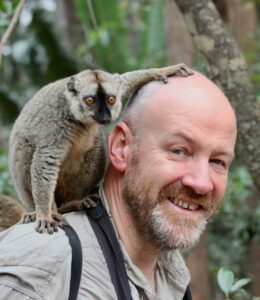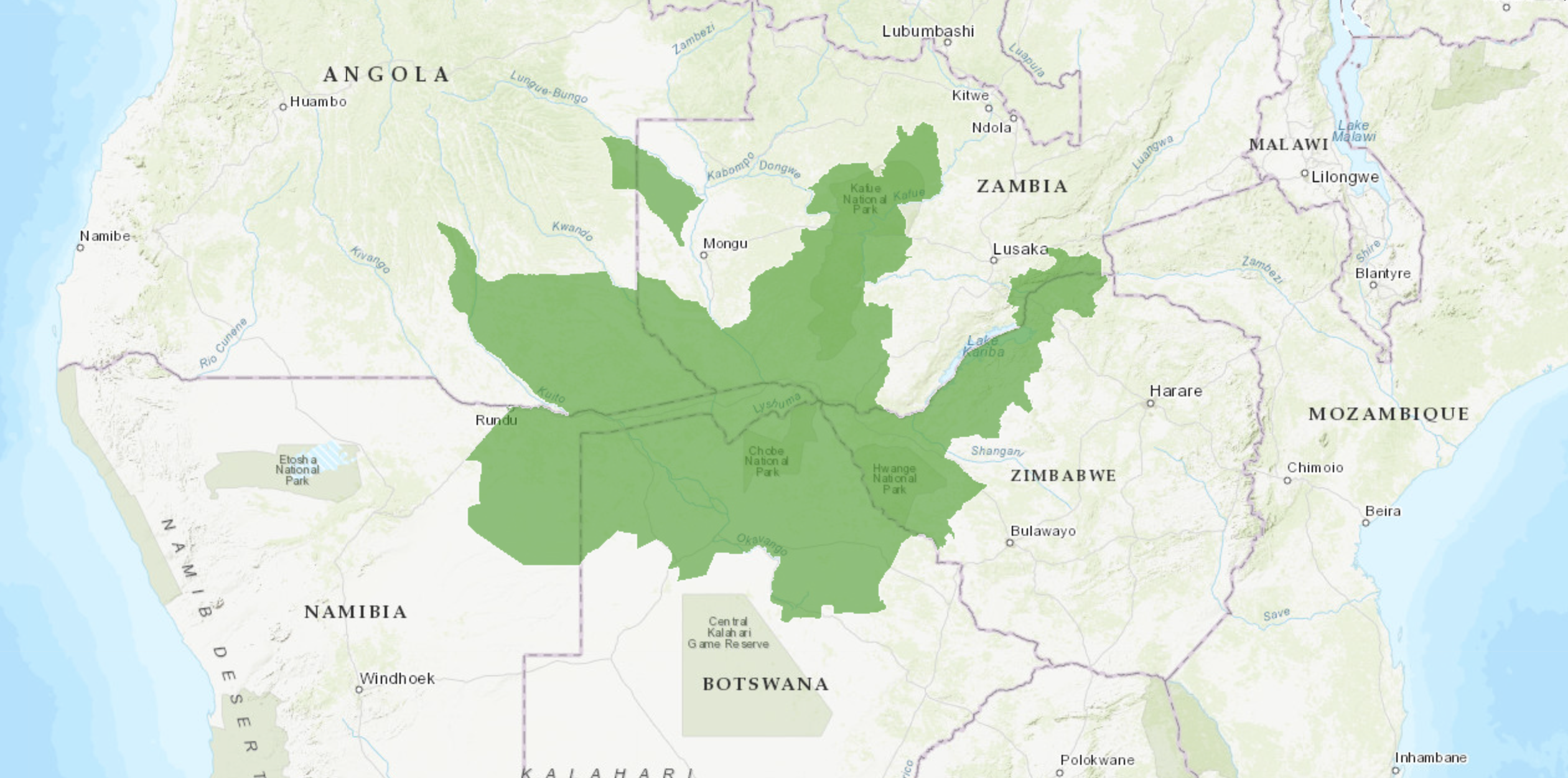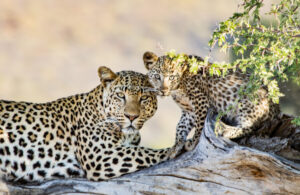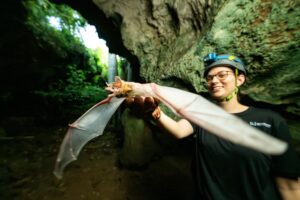
What’s the largest wildlife reserve in Southern Africa? Kafue, you might guess, or perhaps Chobe or Etosha. But you’d be wrong. The answer is KAZA. Or, using its full name, the Kavango-Zambezi Transfrontier Park.
Never heard of it? Well, you’ll undoubtedly know many of its top drawcards and perhaps even have visited a few: from UNESCO World Heritage Sites such as Victoria Falls and the Okavango Delta to celebrated national parks such as Chobe and Hwange. And in addition to these gems, there are multiple parcels and corridors of protected land that connect and surround them. The whole grand jigsaw puzzle comprises a staggering 520,000 square kilometres – roughly the size of France. This makes KAZA today the second largest conservation area in the world.
So where exactly is KAZA? A map reveals its fig leaf outline overlaying the adjoining corners of five countries: Angola, Botswana, Namibia, Zambia and Zimbabwe. This multinational conservation project launched in 2011, with a mission to restore the region’s natural landscapes and depleted wildlife by linking existing protected areas, thus allowing elephants and other animals to resume time-honoured migration routes, unfettered by national boundaries.
KAZA’s volume and variety of wildlife is spectacular. As well as Africa’s largest population of elephants – some 230,000 – it includes significant numbers of buffalo, hippo, lion, leopard, zebra, giraffe, numerous antelope species and 24% of Africa’s wild dogs. Over 600 species of bird have also been recorded, with BirdLife International recognising 12 Important Bird Areas (IBAs) within KAZA. Then there are reptiles, insects, plants – in short, a vast spectrum of biodiversity spread across a tapestry of natural habitats that range from Hwange’s teak forests to the Linyanti’s swamps and Makgadikgadi’s Kalahari grasslands.
But wildlife is only one side of the KAZA equation. Crucially, the project is also about people: the 2.5 million who live in and around the protected areas and depend upon their natural resources. KAZA is using sustainable tourism to improve the well-being of local communities and ensure that they are front and centre of any conservation schemes. Thus, long-neglected wildlife concessions – such as Simalaha on Zambia’s Zambezi floodplain or Nkasa Lupala in Namibia’s Caprivi Strip – are now flourishing under community management. Meanwhile, ecotourism revenue shared across the region is sponsoring initiatives such as the Kwando Carnivore project, in which new mobile cattle kraals are helping reduce conflict between villagers and lions, and the Victoria Falls Wildlife Trust, where scientists in Zimbabwe are using DNA forensics to combat wildlife crime.
The scale of the KAZA project brings major challenges. But leaders, community members, scientists and conservationists from all five countries are today uniting to address these; to protect wildlife, promote tourism and support local communities. Already results are promising. Lions – to take one example – are reappearing in areas where they hadn’t been seen for years: in 2022, individuals tracked from Kwando, Botswana, appeared in southern Angola, having crossed Namibia’s Caprivi Strip.
For the visitor, this is good news. Whether you’re enjoying a luxury lodge safari in the heart of the Okavango, heading off-piste into the wilds of Zambia’s Sioma Ngwezi National Park or kicking back at the idyllic resorts of Victoria Falls, KAZA has pretty much every African adventure covered. And a KAZA ‘uni-visa’, which allows easier movement across the borders of Zimbabwe, Zambia and Botswana, is already available for some visitors, with plans in the works to eventually expand this to include Namibia and Angola.
Just remember that whatever it says on your itinerary – be it Chobe, Moremi, Hwange or Victoria Falls – you may also be in KAZA. This vast park is may be keeping a low profile but it could just be the salvation of southern Africa’s wildlife.
Interested in exploring this area? Get a taste of what KAZA has to offer on our 12 day Great Egret Safari, or contact us to tailor-make an itinerary to include the best of KAZA.
*A version of this article originally appeared in the June 2024 Bush Telegraph newsletter. You can read our recent newsletters and sign-up to receive these in your inbox on our Bush Telegraph newsletter page.





